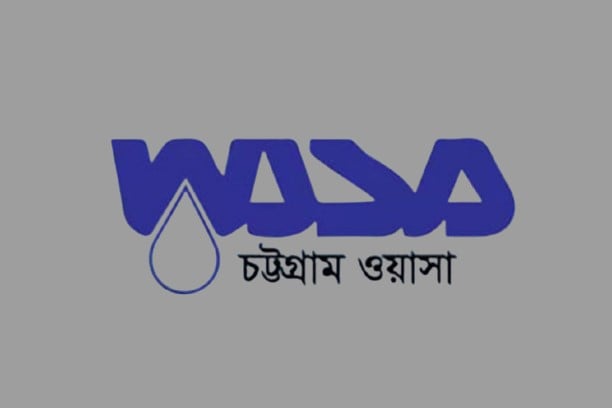News Flash
News Flash

CHATTOGRAM, Jan 11, 2025 (BSS)- A Taka 1994.14 crore project implemented by Chattogram Water Supply and Sewerage Authority (CWASA) has ushered in new hope to foster massive industrialization and urbanization at vast hinterland in southern part of Chattogram.
The project titled “Bhandal Jhuri Water Supply Project (BJWSP) was conceived with the target to generate six crore liters of drinking water per day and supply 75 percent of the water to adjacent three upazials of Chattogram south district areas.
The projects has undertaken keeping in mind the “One city-two town” concept with the financial support of Economic Development Cooperation Fund of Korean Exim Bank and partial funding from Bangladesh Government (GOB) and CWASA.
Test commissioning of the project has been carried out successfully from Dec 15 to Dec 18 last enabling the CWASA to ensure full capacity production, Administrator of CWASA and Additional Divisional Commissioner Muhammad Anwar Pasha told BSS.
Explaining the “One city two town” concept, Pasha said Chattogram city is situated on the right bank of the Karnaphuli river while vast areas remain on the left bank, stretches up to South Chattogram and Cox’s Bazar having huge potentials for industrialization and urbanization.
CWASA has implemented the project keeping in mind the future potentials, besides sensing new prospect after construction of marine driveway from Mirsharai to Cox’s Bazar and plan to turn existing airport in Cox’s Bazar as a regional aviation hub, he said.
The project will ensure supply of purified water to households and industries, reducing threat to environment and ecosystem by curbing unplanned and excessive extraction of underground water in the Karnaphuli catchment, main and only source of water in the southern part of Chattogram, CWASA administrator said.
The project will elevate the production capacity of CWASA to 56 crore liters from existing 50 crore liters and it help people of the upazilas getting pipeline water to boost up their industries and improve living standard.
Officials said BJWSP is the only project located in left bank of the Karnaphuli River while all four other water treatment plants of CWASA are situated on the right bank.
Excess lifting of underground water from Karnaphuli catchment left the whole southern part of Chattogram into almost a contaminated zone due to increase of salinity. To have the purify water the industries are spending extra cost putting the natives acute crisis for pure drinkable water.
Of the produced water, 2 crore liters will be preserved for 10,000 household connections benefiting at least 3 lakhs people while rest 4 crore liters to be supplied to industrial units on the left bank of the Karnaphuli River particularly the Korean EPZ, CUFL, Dia-Amonia Phosphate Plant and proposed Chinese EPZ. The authority can fetch Taka 15 lakhs per day as income from the project.
Korean Exim Bank has given the credit for the project at .01% interest rate which is payable in 40 years while interest rate in other similar projects of CWASA under Japanese credit line is 1.5%, officials said.
Though the feasibility study of the project was conducted in 2013 and physical work began in 2016, the project implementation period took a long time that led to revise the project cost twice, CWASA’s Superintendent Engineer and Project Director Mahbubul Alam told BSS.
Covid-19 havoc and cumbersome process in land acquisition were the reasons for delay in completion of the project as per schedule, he said.
The revised cost of the project stood almost double amounting to Taka 1994.14 crore from its initial estimated cost of Taka 1036.30 crore.
Such a jumping of project cost sparked controversy among the concern quarters and many have brought allegation of corruption through overpricing. Particularly many people raised question about the intervention of ousted Awami League lawmaker of the Patiya constituency-Shamsul Haque and his close relatives in land acquisition and local procurement.
Under the project, a total of 133 km pipeline, two underground water reservoirs- one with 10,000 cubic meter capacity in Anwara and other with 3000 cubic meter in Patiya, were constructed while tertiary pipeline for household connections were constructed in Patiya.